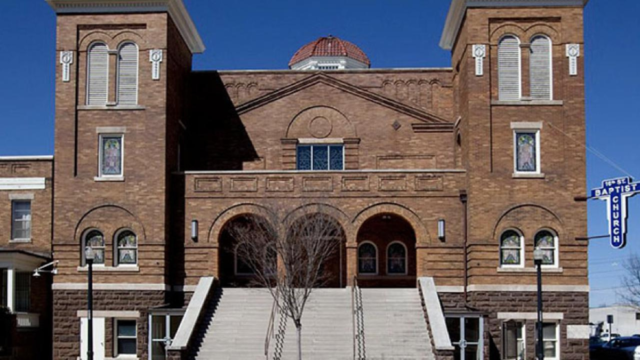
Prince James Story
Sixty years ago, on September 15, 1963, the day started as a typical Sunday for most residents in Birmingham, Alabama— they woke up and prepared for church.
Before 10 a.m., children poured into the 16th Street Baptist Church to attend Sunday school.
Before the main sermon began, Addie Mae Collins, Carol Denise McNair, Carole Robertson, and Cynthia Wesley entered the bathroom.
At 10:22 a.m, a bomb, positioned under the steps outside the church by Ku Klux Klan members, exploded.
On the other side of the steps was the ladies’ restroom, which took the brunt of the impact.

Collins, Wesley, and Robertson were just 14 years old, and McNair, 11, all died from the impact.
Sarah Collins Rudolph, Addie Mae’s younger sister, was also in the bathroom at the time of the explosion. She was taken to the hospital with shrapnel in her eyes and body.
Collins Rudolph is still alive today but carries the devastating events of September 15 with her every day. Due to the explosion, she lost an eye and still has pieces of glass in the other eye.
In previous interviews, Collins Rudolph noted that one of the last things she remembers before the bomb went off was that McNair asked Addie Mae Collins to tie the sash on the back of her dress.
When Collins reached out to tie the sash, the bomb erupted.

The 16th Street Baptist Church was a staple gathering place in the Birmingham Black community, where Civil Rights advocates, musicians, and others visited when they were in town. Prominent leaders in the Black community, including W.E.B. Du Bois, Marian Anderson, and Paul Robeson, came to Birmingham and attended the church.
The church was built in 1873, and was initially called the First Colored Baptist Church of Birmingham. The building that stands today was completed in 1911.
The church was a center for community and economic development. The idea to create the first, four-year high school for Black children in the region was cultivated at the 16th Street Baptist Church. The idea for the first Black bank in Birmingham was also proposed by congregation members at the church.
When the Klan decided to send a statement, they chose this church because they recognized its significance in the community. Two weeks before the bombing, Reverend Martin Luther King Jr. delivered his infamous “I Have A Dream Speech” in Washington D.C.
“After this Sunday, they will beg us to segregate,” Robert “Dynamite” Chambliss, a member of white supremacist group “Cahaba River Boys” who planned the bombing, said after the bomb exploded.
The bombing also occurred five days after President John F. Kennedy federalized the Alabama National Guard to enforce the ruling to allow Black students to attend all-white schools in Birmingham and across the state.
“The meaning and the intent there was to take a stab at the city of Birmingham’s Board of Education and primarily our Black community. If you could intimidate people enough, then they would unveil themselves of their constitutionally given rights,” said Barry McNealy, historical content expert for the Birmingham Civil Rights Institute.

On the evening of Sept. 15, 1963, Birmingham community members hit the streets in solidarity to protest the violent attack.
Hundreds of police officers and state troopers were dispatched to Birmingham to quell the protest.
On an already tragic day, more tragedy followed with the murders of two more Black adolescents who were killed later that evening in separate racist acts of violence.
Thirteen-year-old Virgil Ware was riding on the handlebars of his brother’s bike on their way home. At the time, they weren’t even aware of the bombing. Two white teenagers, 16-year-old Larry Sims and Michael Farley, were riding by when they saw Ware and his brother. Sims and Farley were leaving a rally led by a white supremacist group when they decided to try and intimidate the two brothers.
Sims shot Ware twice, killing him.
Sims and Farley were convicted of first-degree murder, and with the leniency of an all-white jury and judge, the two teens were given a seven-month sentence. The judge later suspended their sentence and gave them two years of probation.
Sixteen-year-old Johnnie Robinson lost his life that evening, too when he was shot in the back by a police officer.
McNealy said that after the bombing, white teenagers with a Confederate flag on their car were taunting Black teenagers, and using racial slurs.
In anger, these kids picked up rocks and started throwing them at cars driving through their community.
The Birmingham police were called, and when they arrived, Johnson and his friends ran. Officers chased after them, and one officer opened fire on Robinson, shooting him in his back.
That officer was never arrested.
A few days after the violent death of the four little girls killed in the bombing of the 16th Street Baptist church, over 8,000 people of all races gathered to pay their respects and listen to Dr. King give the eulogy at the memorial service for three of the four girls.
Robertson’s family had already made plans for her to be eulogized in her home church, where another Civil Rights leader, Reverend Fred Shuttlesworth, gave her eulogy.
Chambliss was charged and convicted for the bombing of the church in 1977. His two accomplices, Thomas Blanton and Bobby Frank Cherry, were tried and convicted in 2001 and 2002 respectively by former United States Senator Doug Jones.
A suspected fourth conspirator, Herman Cash, died in 1994 before he was tried for his involvement in the bombing of the church.
Where We Are 60 Years Later
It’s been 60 years since the 16th Street Baptist Church bombing and Black Americans continue to reflect on the devastating event.
“In the aftermath of that fateful day on September 15, 1963, our city and our nation had to take a hard look at itself and reckon with the devastating effects of hate and racism,” said the office of Birmingham Mayor Randall L. Woodfin in a statement sent to Black Voice News.
“Today, in the spirit of the Four Little Girls, we work to be better and honor them by preserving our history and building a future worthy of their sacrifice. We welcome the world to once again turn their eyes toward Birmingham as we reflect on the lessons of the past but also turn our eyes toward the future as we forge a way toward peace and justice for all,” said Woodfin.
Riverside County Branch NAACP president, Dr. Regina Patton Stell, was 13 years old when the bombing happened.
“When you hear about any one story where the [people] in the story, really, remind you of yourself, that’s trauma,” said Stell.
When asked her opinion on where we are today regarding race relations, Stell quoted Dr. Martin Luther King Jr., “The arc of the moral universe is long, but it bends toward justice.”
Lisa McNair, younger sister of Carole Denise McNair, shared her thoughts on the current state of the country, 60 years after the bombing.
As states across the U.S. enact legislation to restrict Ethnic Studies and African American classes and ban children from learning the truth about slavery, American history — Black history — is being erased, she advised.
McNair explained that if people like Florida Governor Ron DeSantis and Alabama school educators take Black and Civil Rights history out of the classroom, the country will be turning the clock back by 60 years.
“I think we’re at a precipice of doing the right thing,” said McNair. “We’re all human beings. We’re all Americans, and if you would not want these things to happen to you, you must not let them happen to your fellow American brother and sister.”
It’s been 60 years since the bombing of the 16th Street Baptist Church, and Black Americans are still facing racial violence, discrimination, and educational barriers as legislation threatens to erase history.


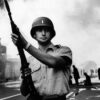
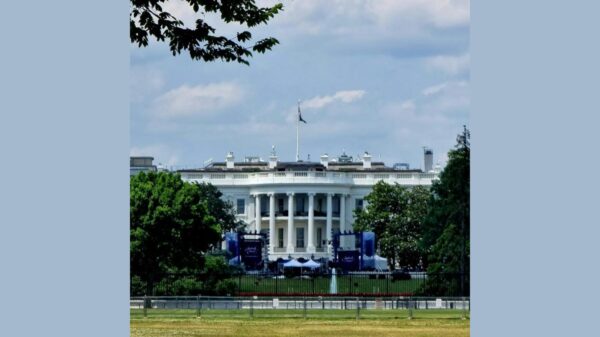
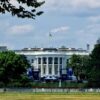
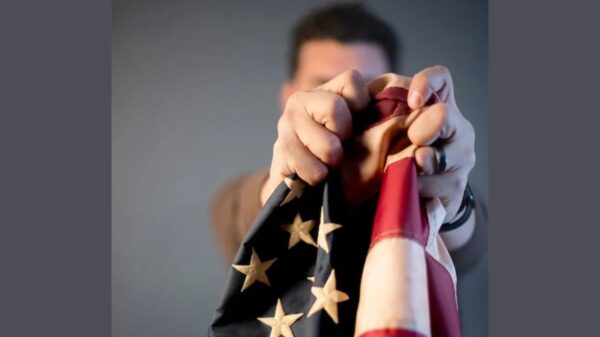

You must be logged in to post a comment Login